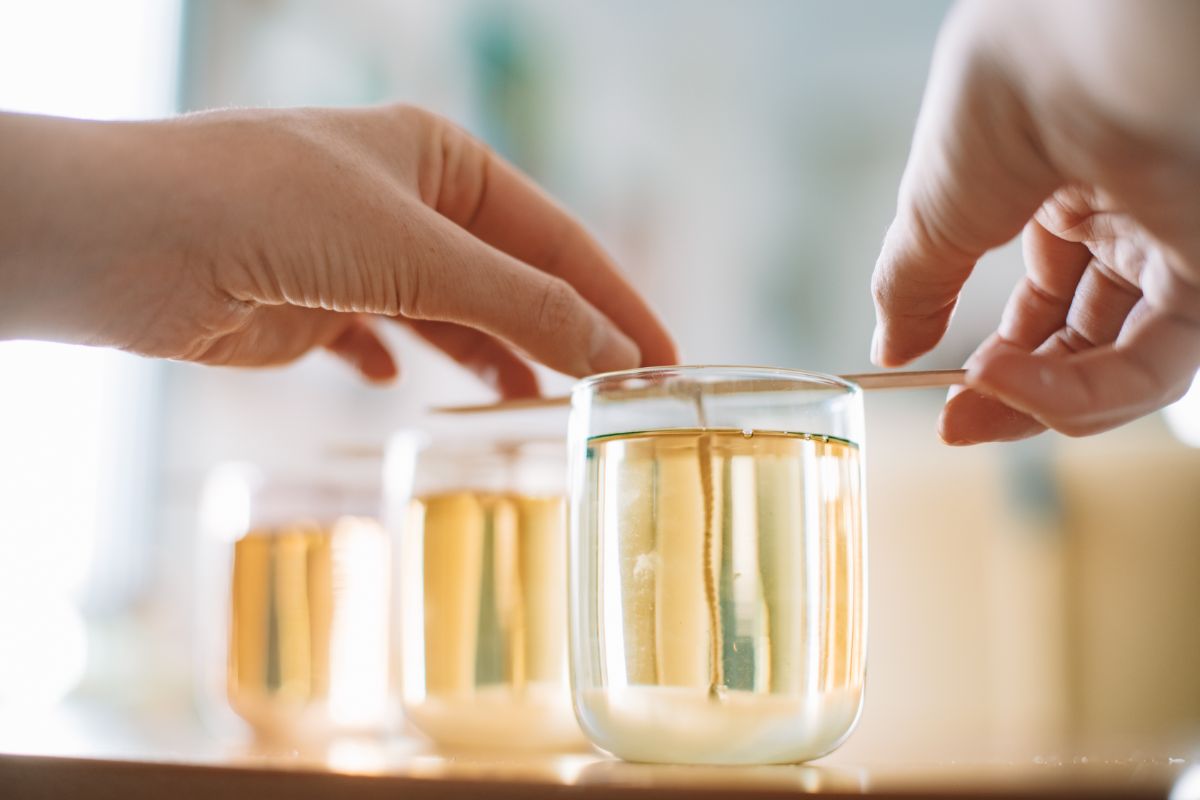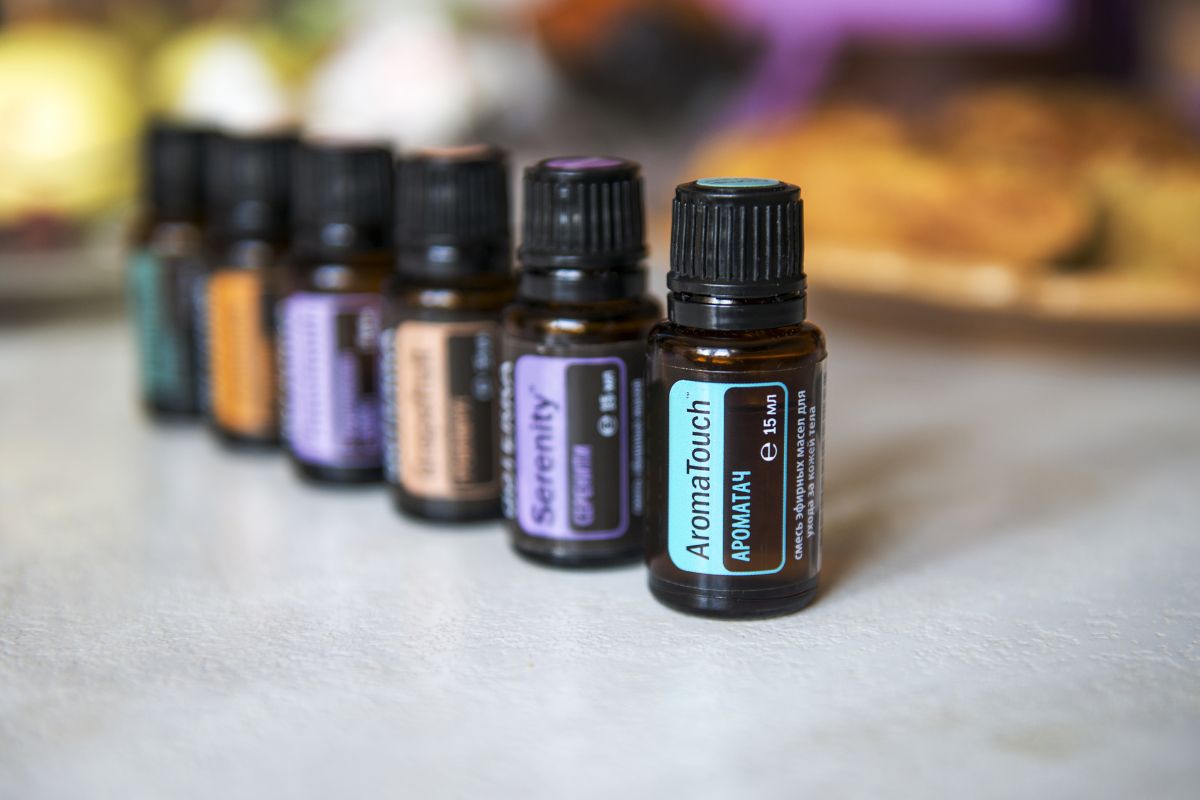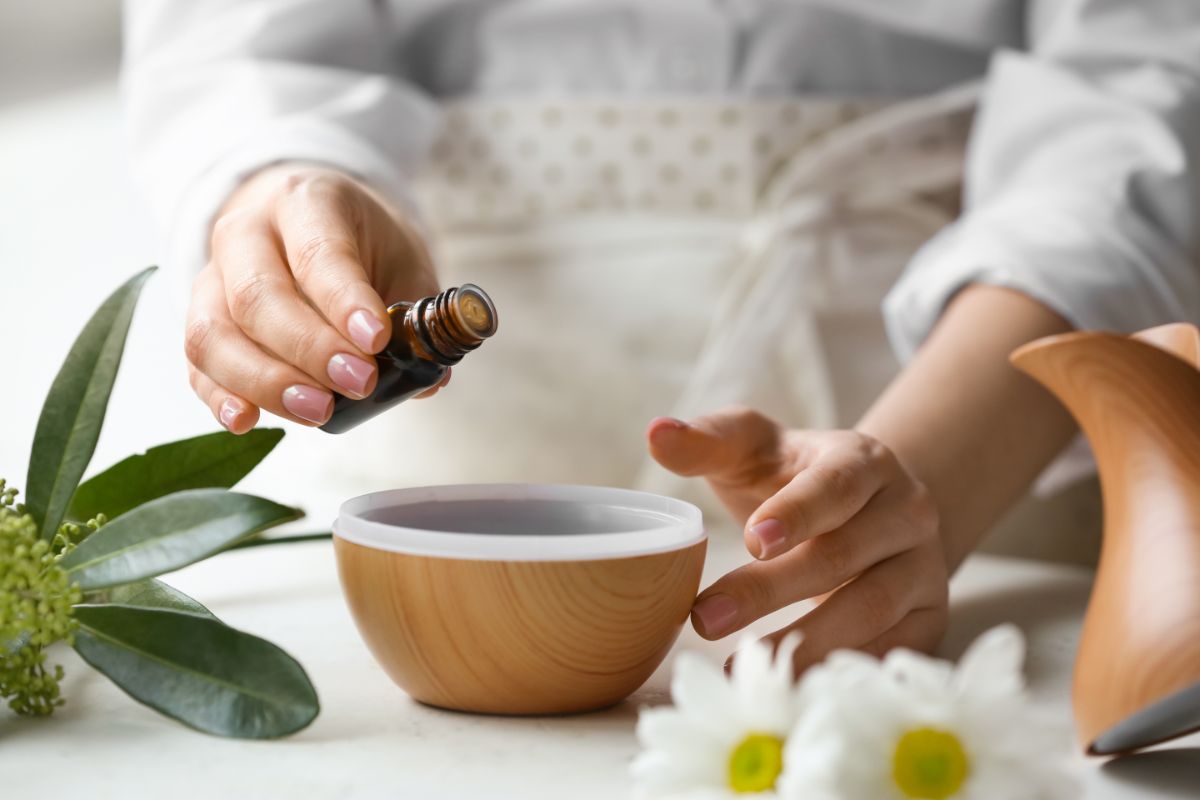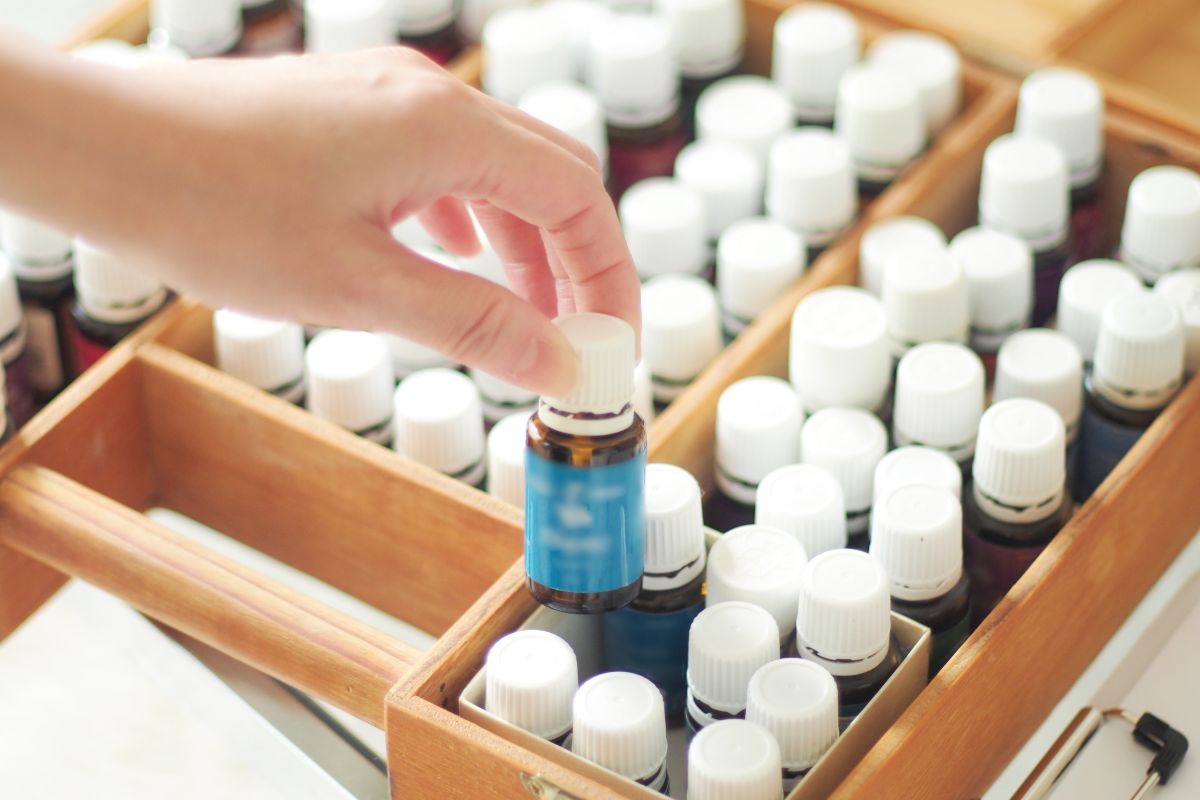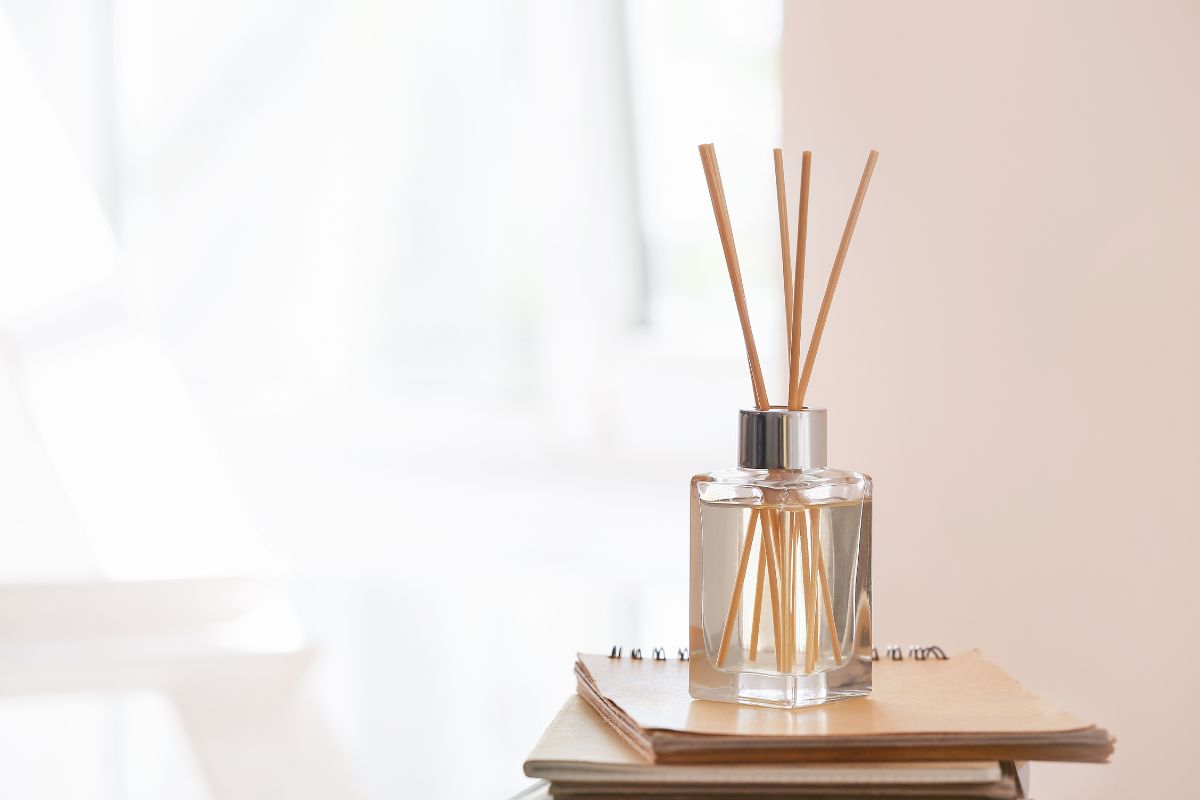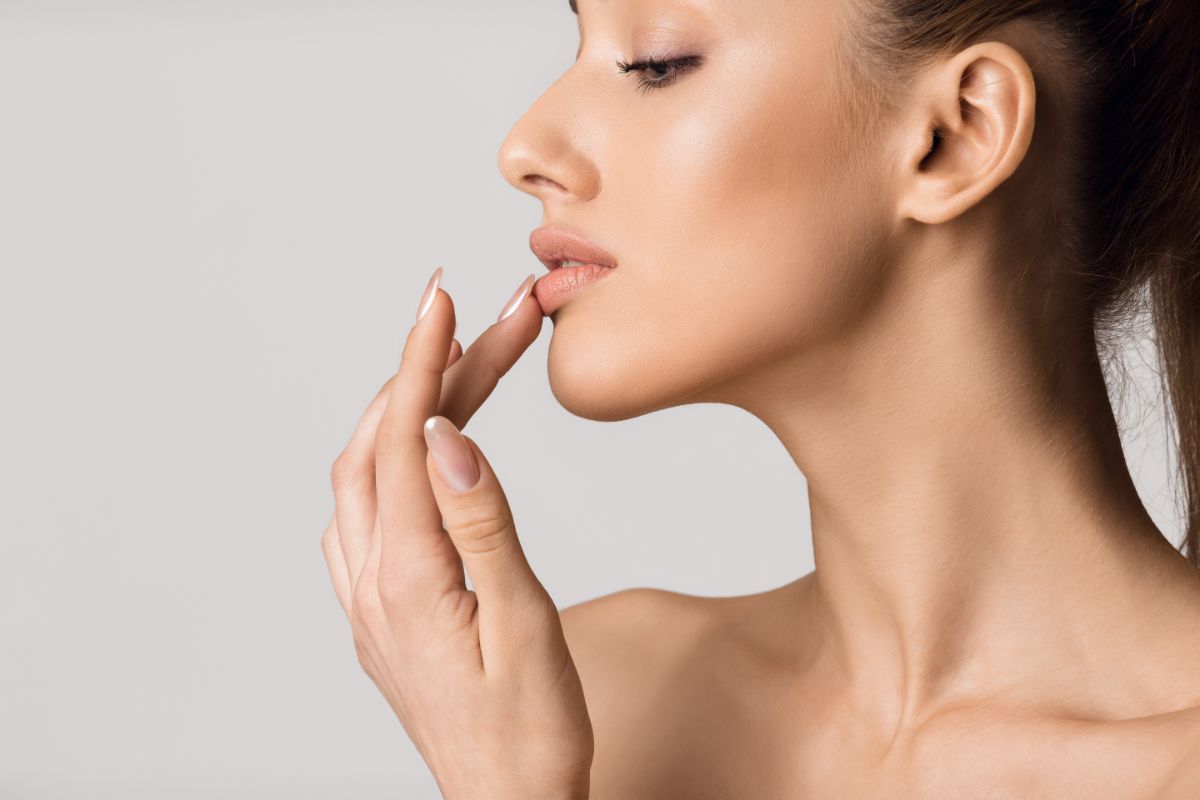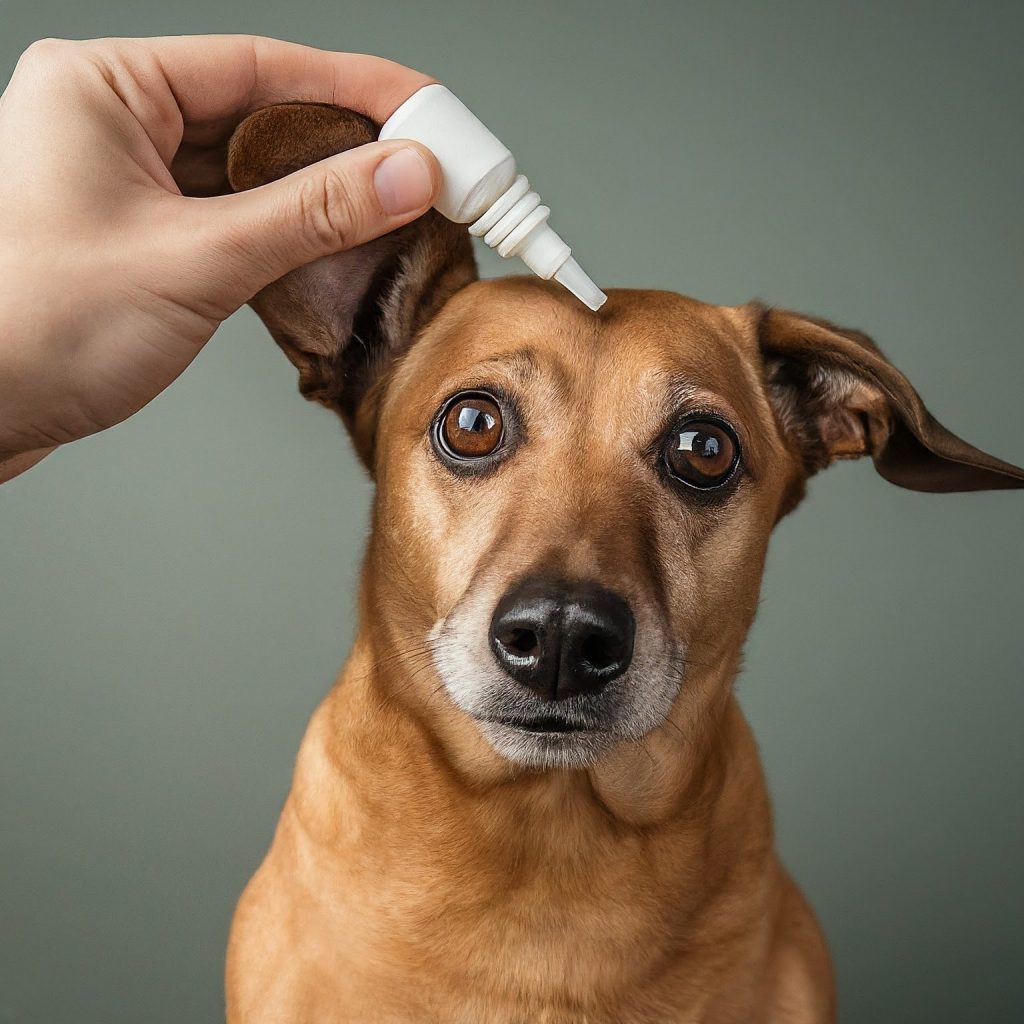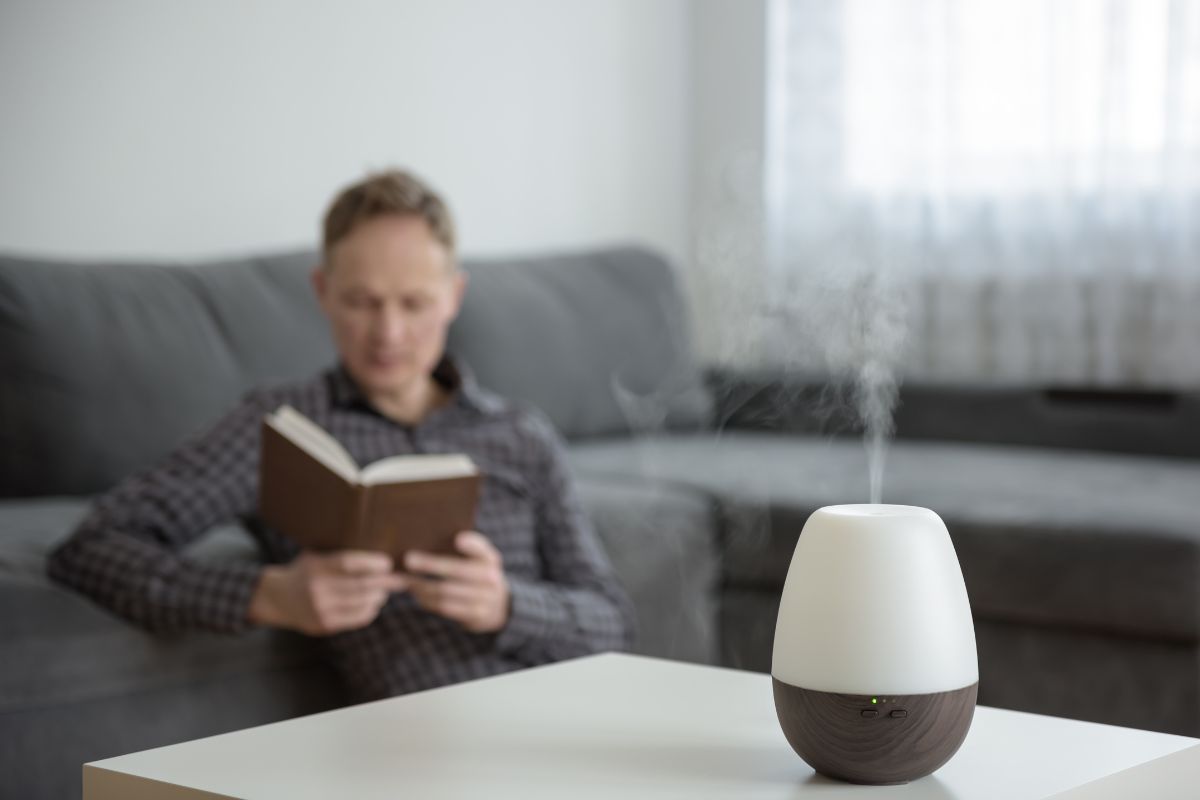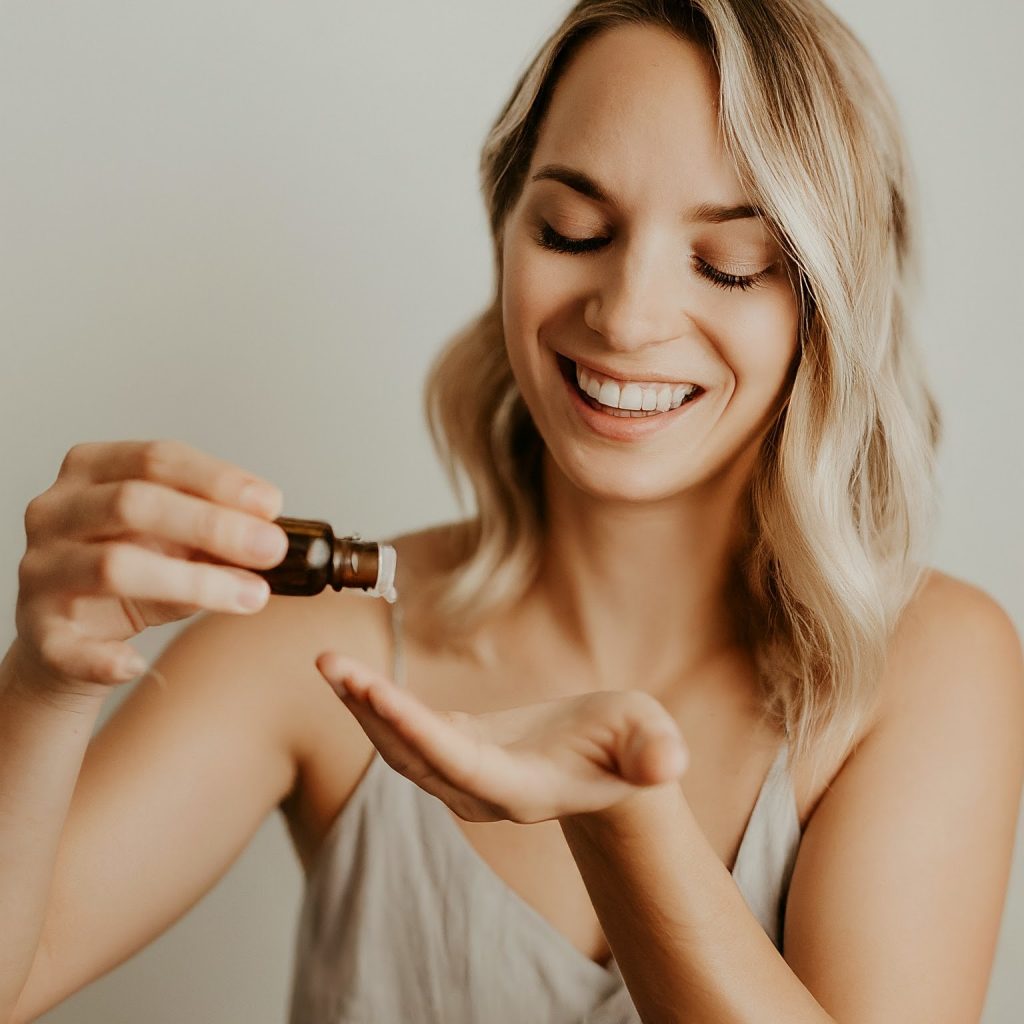Aromatherapy involves using essential oils for their healing properties. Though aromatherapy is popular in the modern world, the practice has been used for centuries.
Old cultures in Egypt, China, and India used fragrant plants in oils, resins, and balms. These treatments were used for religious and medical uses; made popular for their mental and physical benefits.

Essential oil usage goes back to the Persians in the 10th century, though the custom may have been used for a while before this period.
There are lots of products you can use with aromatherapy, including diffusers, bathing salts, and essential oil treatments.
If you’ve thought about using aromatherapy techniques, you may have wondered how aromatherapy works to deliver its effects.
We’ll cover the answer in this post, going over how aromatherapy works, its potential benefits, and advice to help you purchase high-quality essential oils.
What Is Aromatherapy?
Aromatherapy is a practice that involves using natural plant extracts to encourage better well-being.
Some also refer to aromatherapy as essential oil therapy, as the process involves using fragrant essential oils to enhance emotional and physical health.
Though aromatherapy is a holistic treatment, the practice has begun to receive more appreciation in the medicine and science industry.
How Does Aromatherapy Work?
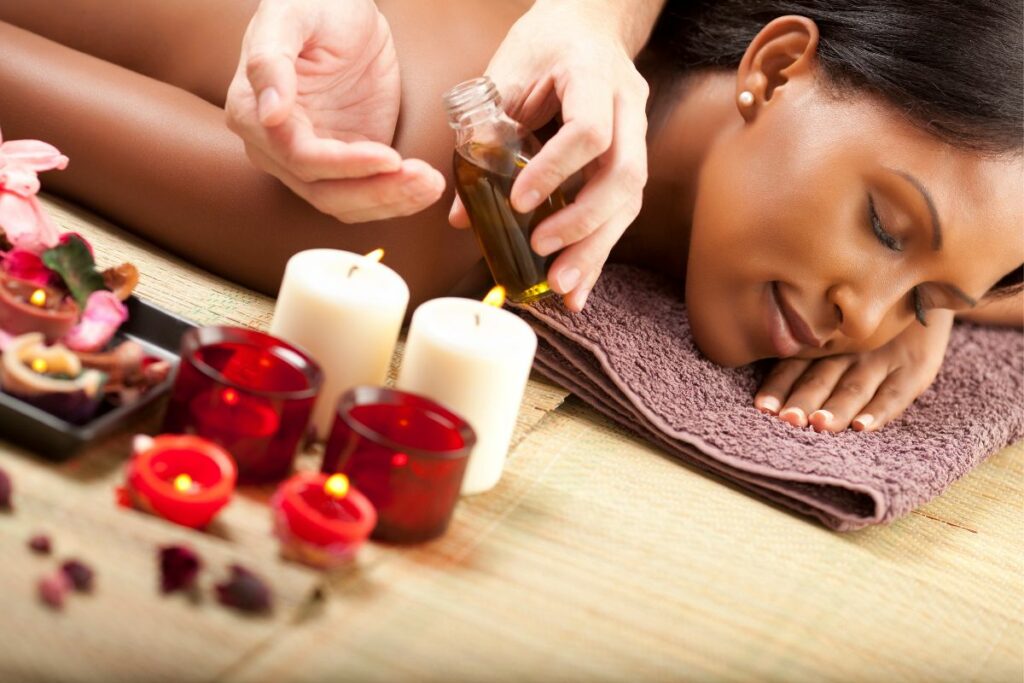
Aromatherapy is practiced through different products, like bathing salts, topical lotions, fragrant spritzers, and diffusers.
The main component of these items are essential oils. There are lots of different essential oils available, though people tend to purchase popular ones, like lavender, peppermint, and tea tree.
You can find essential oils in health food shops, online, and in some general grocery stores. If you do purchase essential oils, make sure that you buy them from a trustworthy manufacturer, as these products aren’t governed by the FDA.
Every essential oil has different healing uses, properties, and effects (see also “Can Essential Oils Help Beard Growth?“). Aromatherapy works in three main ways: smell, breathing, and skin absorption.
Smell
Our ability to smell is connected to some of the deepest and oldest areas in the brain. As we inhale and breathe in a scent, the aroma can provoke emotional, and sometimes physical, responses.
A simple smell can bring people, places, and events from the past to the forefront of the mind.
As we inhale fragrant particles, they move to the top of the nose, touching distinct nerve cells known as Olfactory cells.
These all have small hairs that identify particular scents through a secure process, so each hair will only discern a particular scent.
This action creates nerve impulses that move to the limbic system. This is an area in the brain that handles feelings, instincts, and survival.
Scientists believe that the nerve signal’s activity moving through this area of the brain leads to mood changes, as it changes brain chemistry.
Breathing
A different way that aromatherapy works is through breathing in essential oils. The body starts to absorb the fragrance of essential oils as you breathe them in.
This works well inside the respiratory system, as the antiviral and antibacterial effects of essential oils are great for supporting a healthy breathing system.
This incorporates the throat, chest, and sinuses, as well as easing symptoms of allergies or infections.
There are lots of products you can use to breathe in essential oils to benefit from aromatherapy, even when you’re on the move.
Skin Absorption
Essential oils are used in a lot of topical products. When shower, body, and bath items are applied directly to the skin, the particles in essential oils are tiny enough to get through the skin’s many layers.
These particles move through the top skin layer, known as the epidermis, to get to the dermis, the deeper skin layer. It’s here where the essential oils reach blood vessels, enabling them to move through to other body parts.
Many essential oils have antibacterial effects. Some are anti-inflammatory, anti-fungal, and antiviral. Essential oils may also contain antioxidants that defend against cell damage.
These can also stop the accumulation of toxic waste in the skin cells, helping to prevent signs of aging, like fine lines and wrinkles.
In the case of skincare items, by penetrating and reaching the bottom skin layers, essential oils can have several benefits for the skin.
These include improving blood circulation, improving cell renewal, and tackling skin issues, like dryness, acne, and signs of aging.
After the components in essential oils reach your blood, the body can circulate them to other body parts. These can reach places that have distinct blood vessel networks faster, like the kidneys and liver.
Most of the essential oils will leave your system in a few hours, primarily through the kidneys, though they can have lasting effects as they remain inside other tissues.
Possible Benefits Of Aromatherapy

Aromatherapy may have several benefits, including:
- Pain management
- Improving sleep
- Easing sore, or painful joints
- Soothing migraines and headaches
- Improving immune function
- Tackling fungus, bacteria, or viruses
- Relieving chemotherapy side effects
- Lowering stress levels
- Easing anxiety
Aromatherapy may have several potential benefits, but there is a lack of evidence to prove it can aid certain conditions. These include heart disease, Parkinson’s disease, and Alzheimer’s disease.
Examples Of Aromatherapy Essential Oils
There are lots of essential oils to choose from, but some popular examples include:
- Clary sage
- Eucalyptus
- Lemon
- Lavender
- Peppermint
- Rosemary
Essential oils can be used in a variety of ways. If you want to apply them topically, you can add a few drops to carrier oils, like sweet almond oil, or body lotions.
You can also use essential oils in a diffuser to release the fragrance throughout a room, or add them to a bath to enjoy a fully relaxing experience.
How To Locate High-Quality Essential Oils
It can be hard to know if an essential oil is of high quality, as the US has no certification or grading system that regulates the products.
A lot of brands claim that their oils are ‘therapeutic grade’, but this label doesn’t have much meaning, as it is just a promotion term.
You can use these tips to help you find quality essential oils:
Examine The Label
An essential oil label should include the Latin name of the original plant, how pure the product is, if any other substances have been added, and the location where the plant was grown.
Trustworthy Company
Go for products from a popular, respectable, and trusted aromatherapy brand that has been around for a while.
Look For Dark Bottles
As pure essential oils are so potent, they can break down plastic bottles when stored in them, affecting their purity. Look for essential oils stored in little dark brown or blue bottles, as this will maximize their lifespan.
Don’t Buy Fragrance Oils
Perfume or fragrance oils are created with a mix of essential oils and chemicals. These products are not safe for aromatherapy techniques.
Try to find bottles that contain a single, pure, essential oil. This will look like a 100% essential oil that has no other ingredients.
Final Thoughts
Aromatherapy can do wonders to improve your mood and overall well-being. These techniques use essential oils that work in three main ways: smell, breathing, and skin absorption.
If you do use essential oils, make sure that you purchase them from a reputable source, as they aren’t regulated by the FDA.
Always dilute essential oils with a carrier oil before applying them to the skin and keep an eye out for signs of an allergic reaction, like rashes, sores, or hives.
We hope you try aromatherapy for yourself and see how it can improve your well-being!
- The Ultimate Guide to Aromatherapy Oil Uses: Transforming Your Daily Routine with Natural Scents - May 13, 2024
- The Benefits of Lemongrass Essential Oil for Dogs: A Natural Solution for Fido’s Wellness - May 13, 2024
- The Ultimate Guide to Choosing the Best Essential Oil Diffuser for Aromatherapy - May 8, 2024

